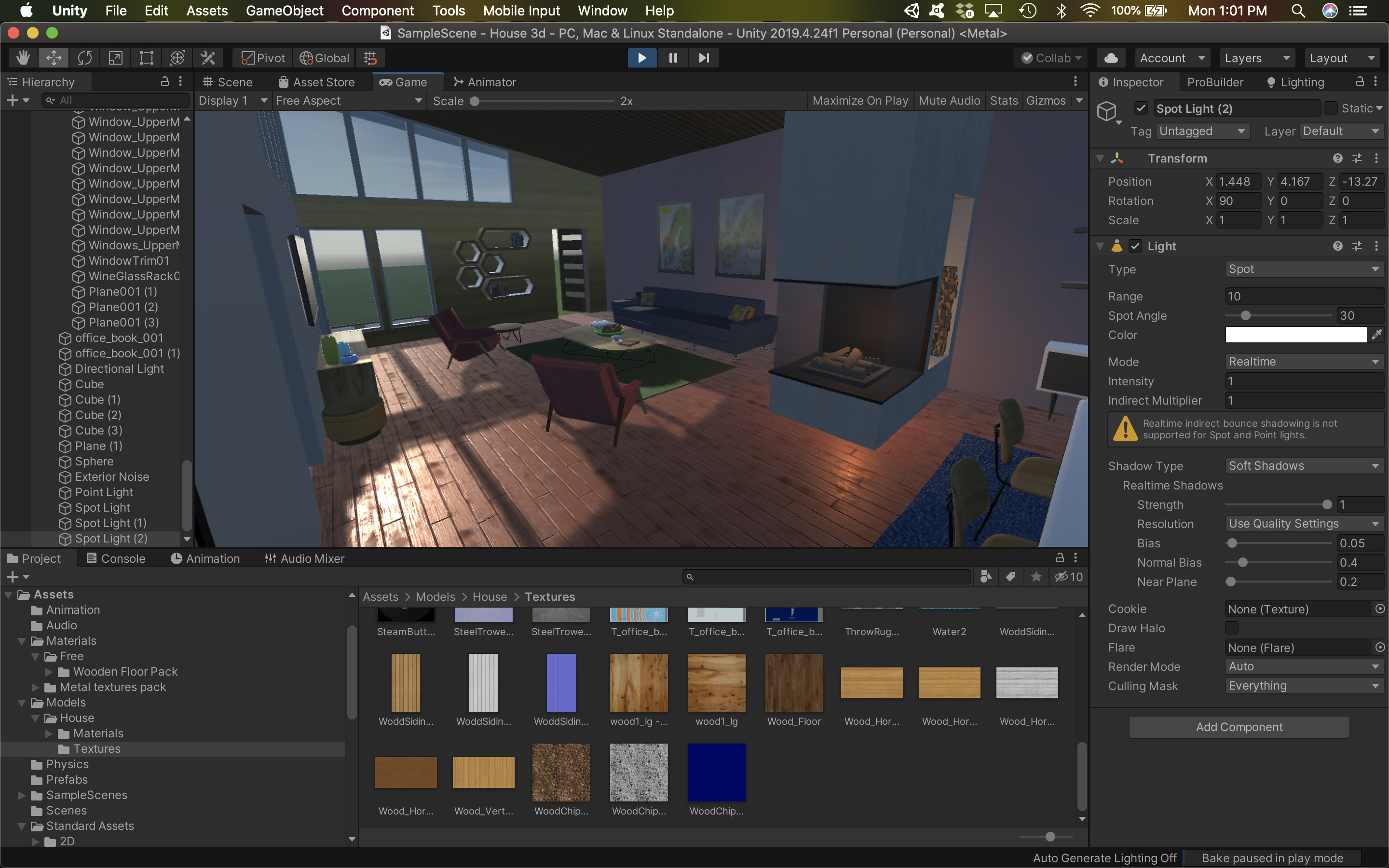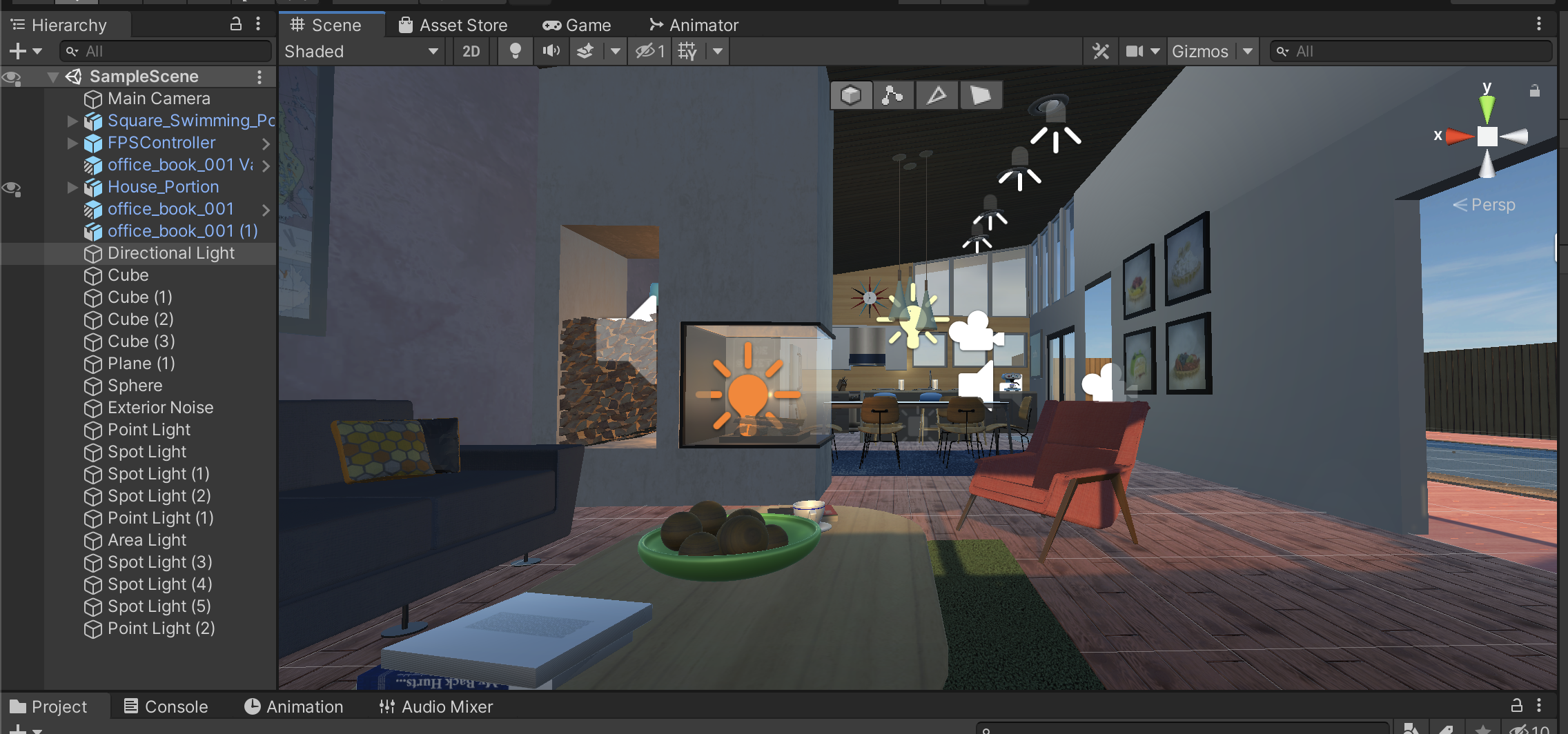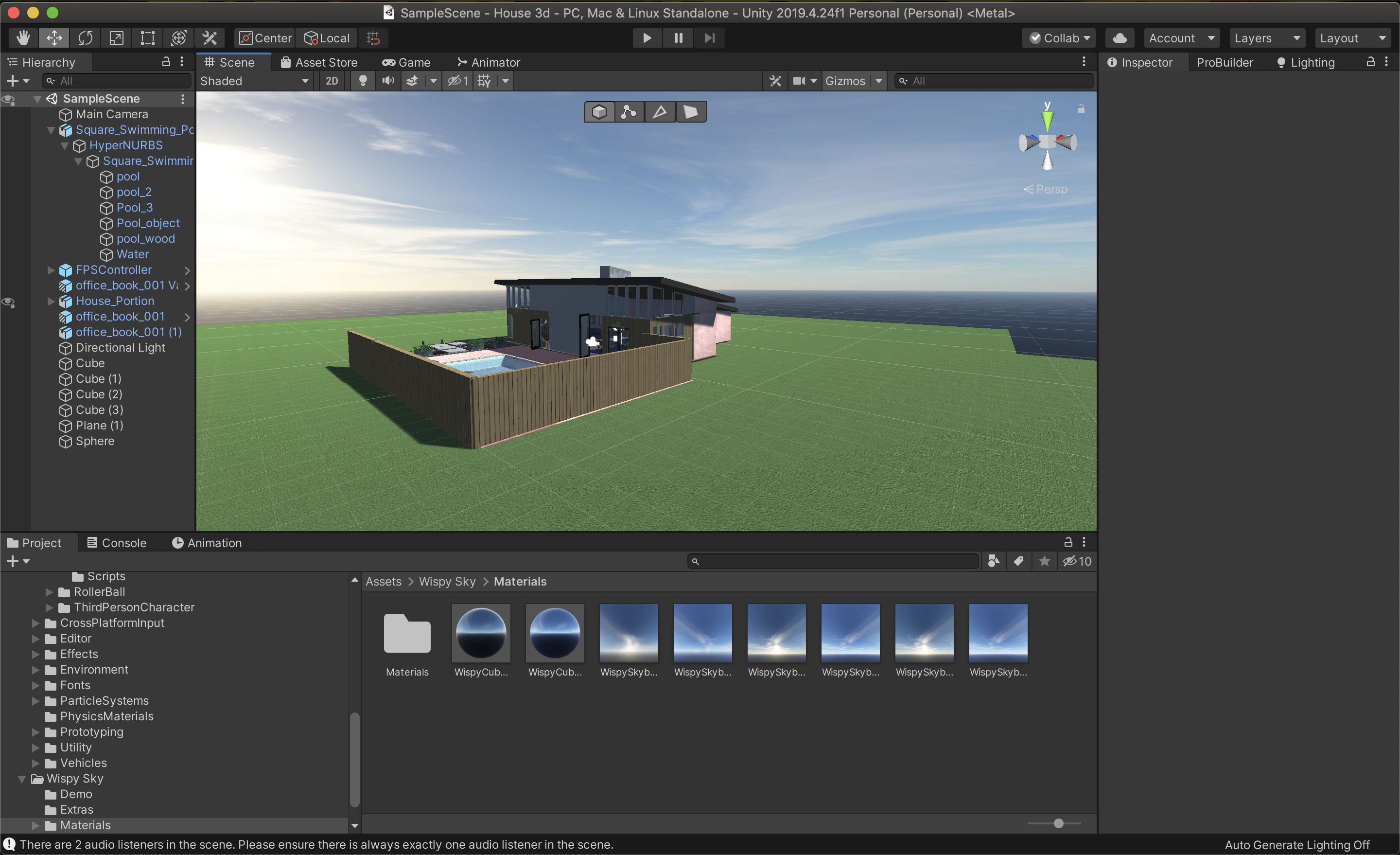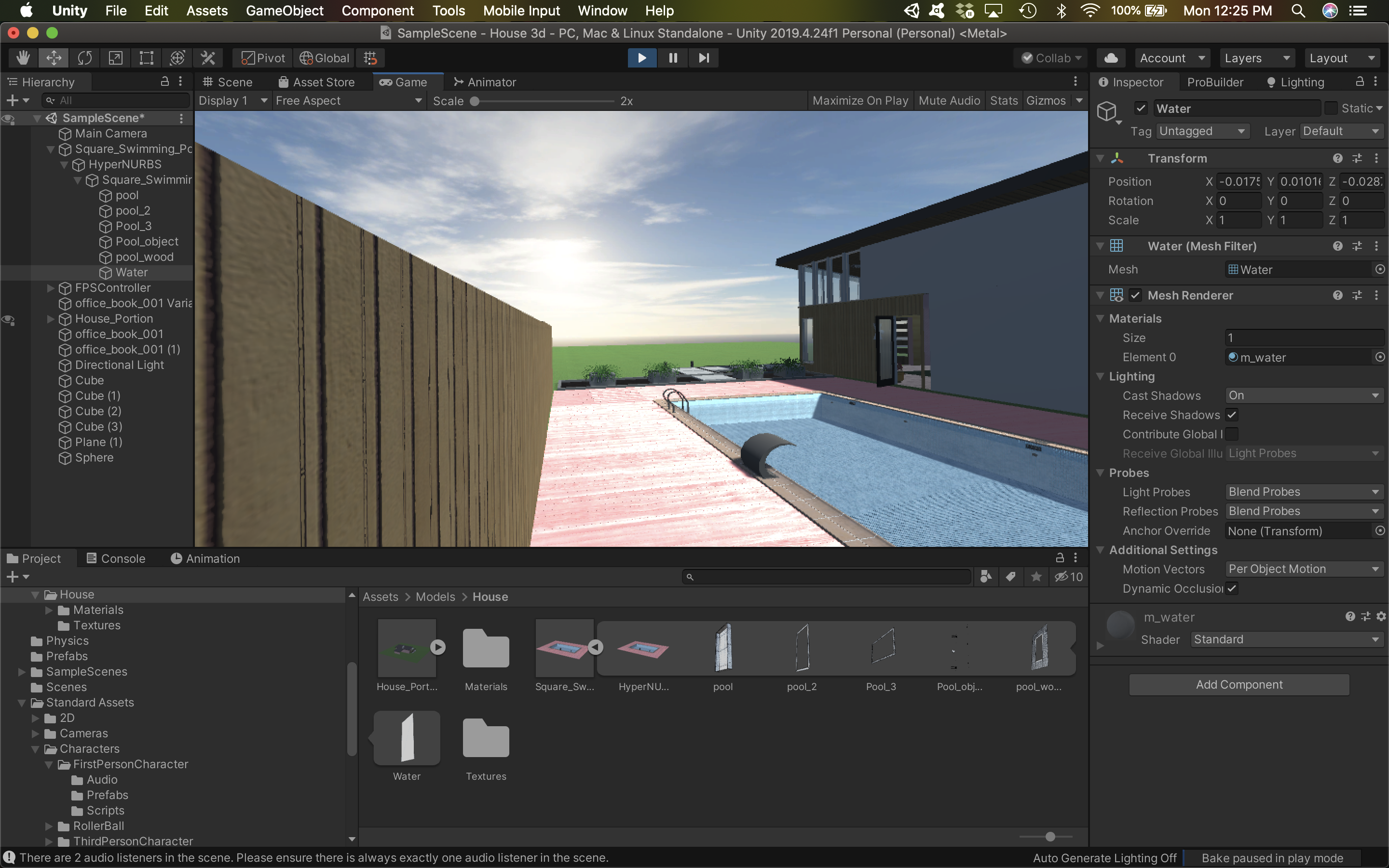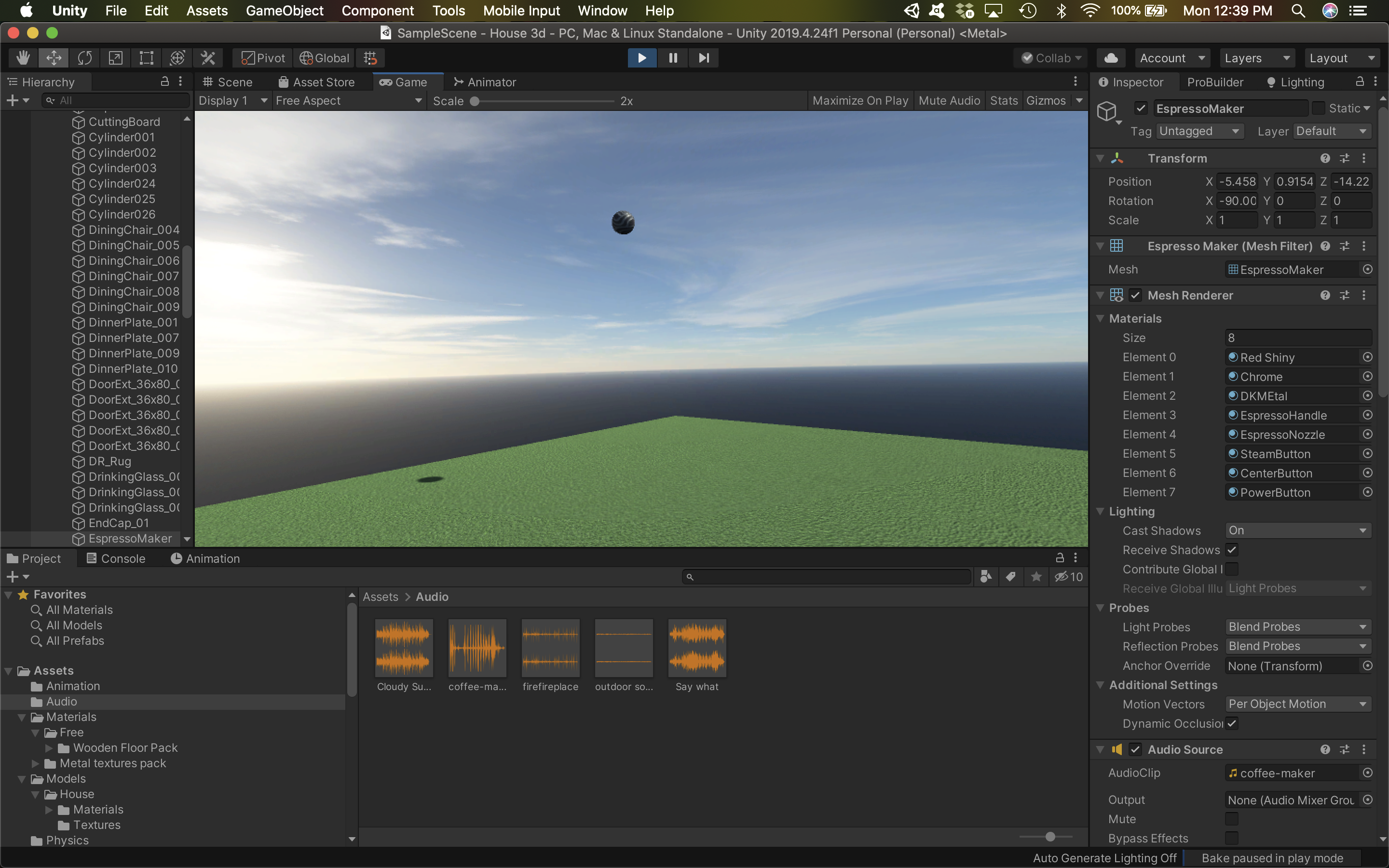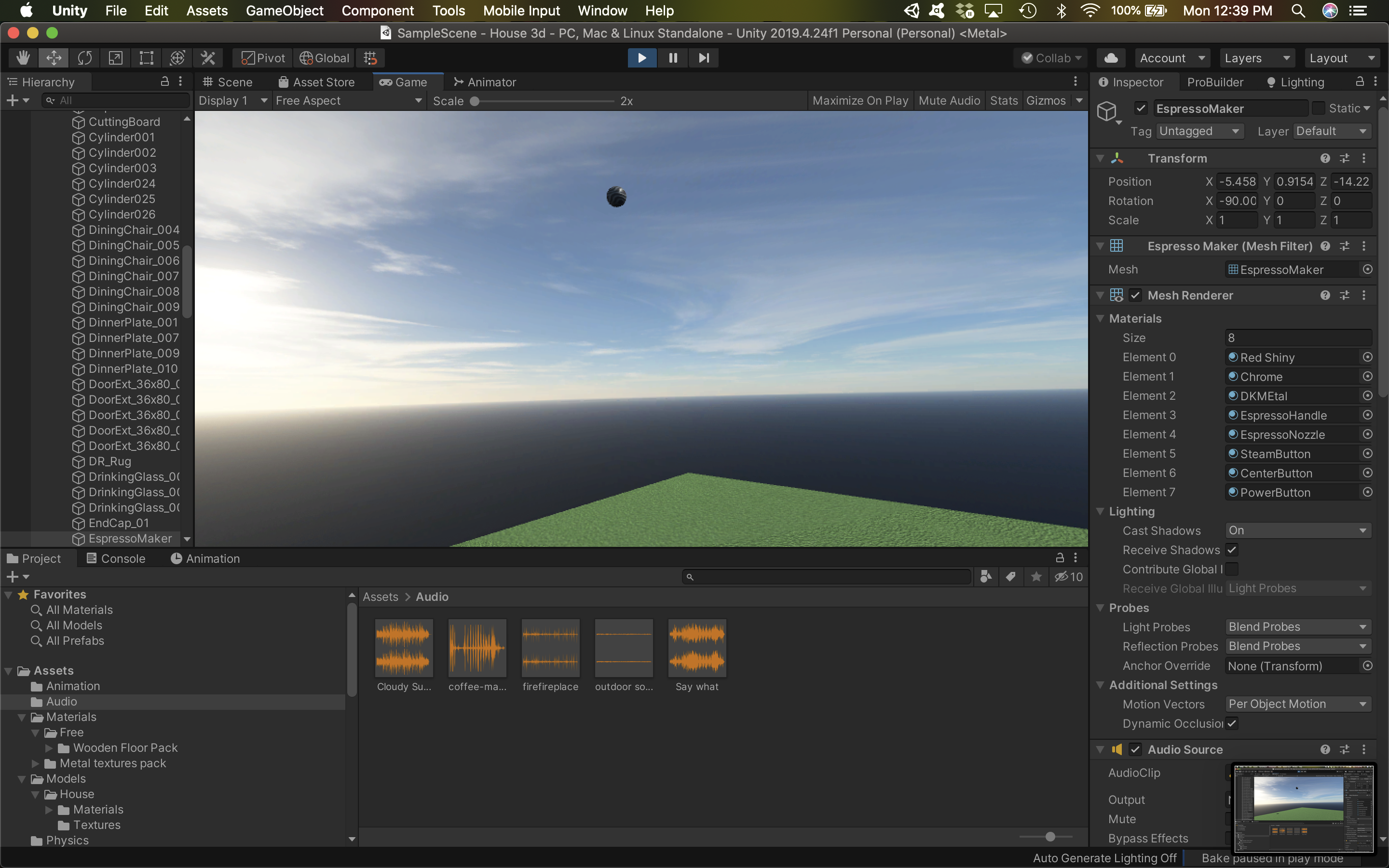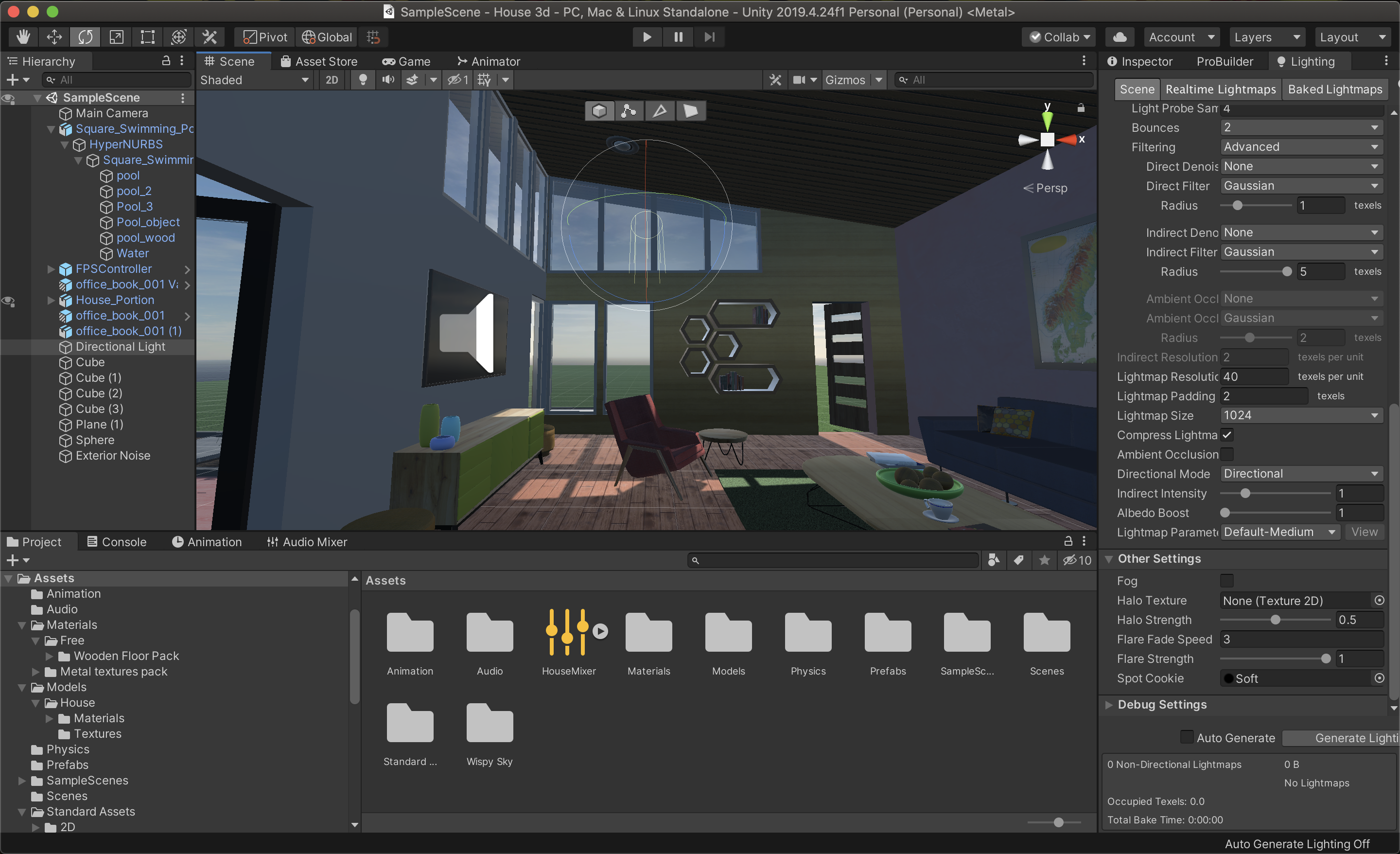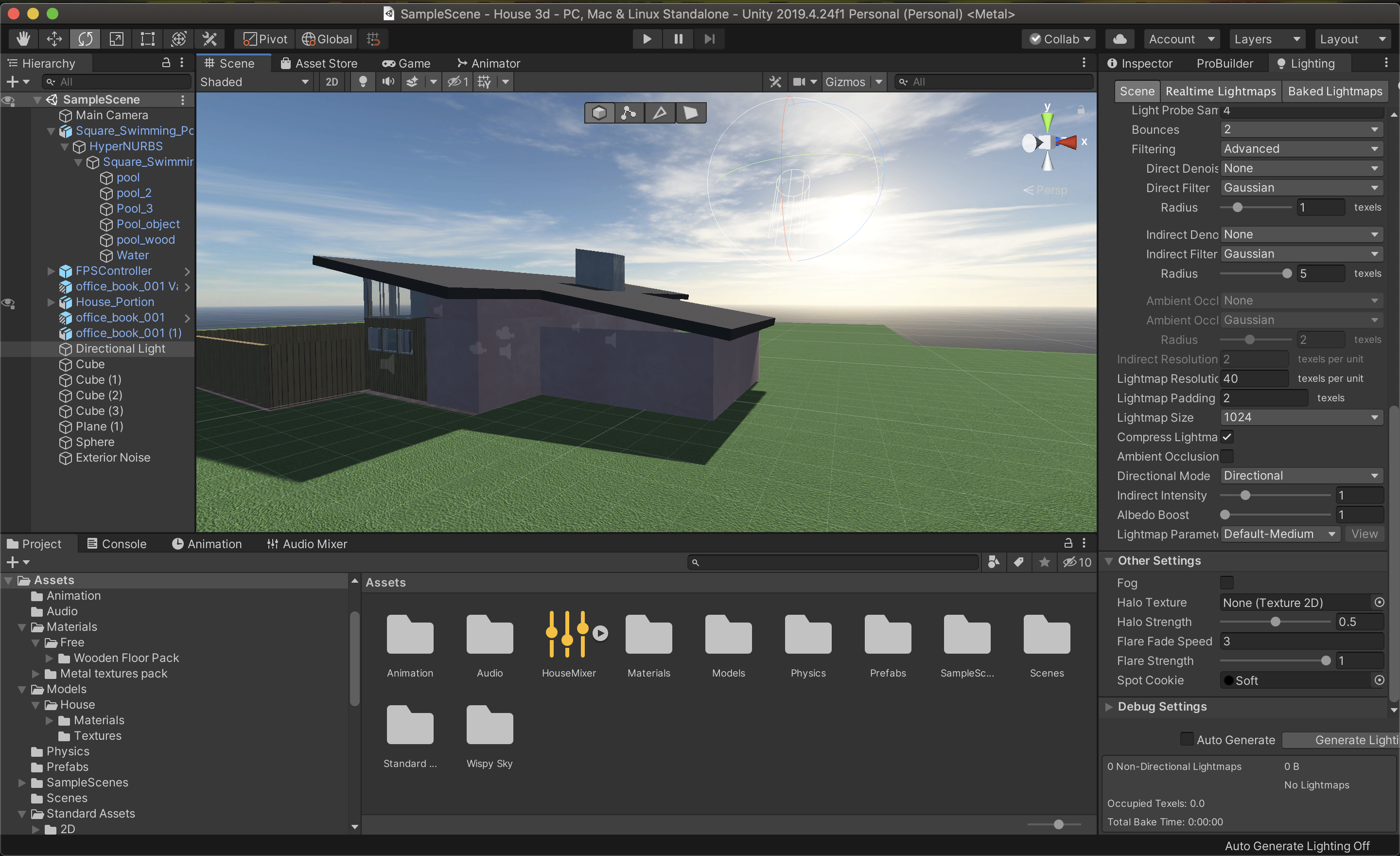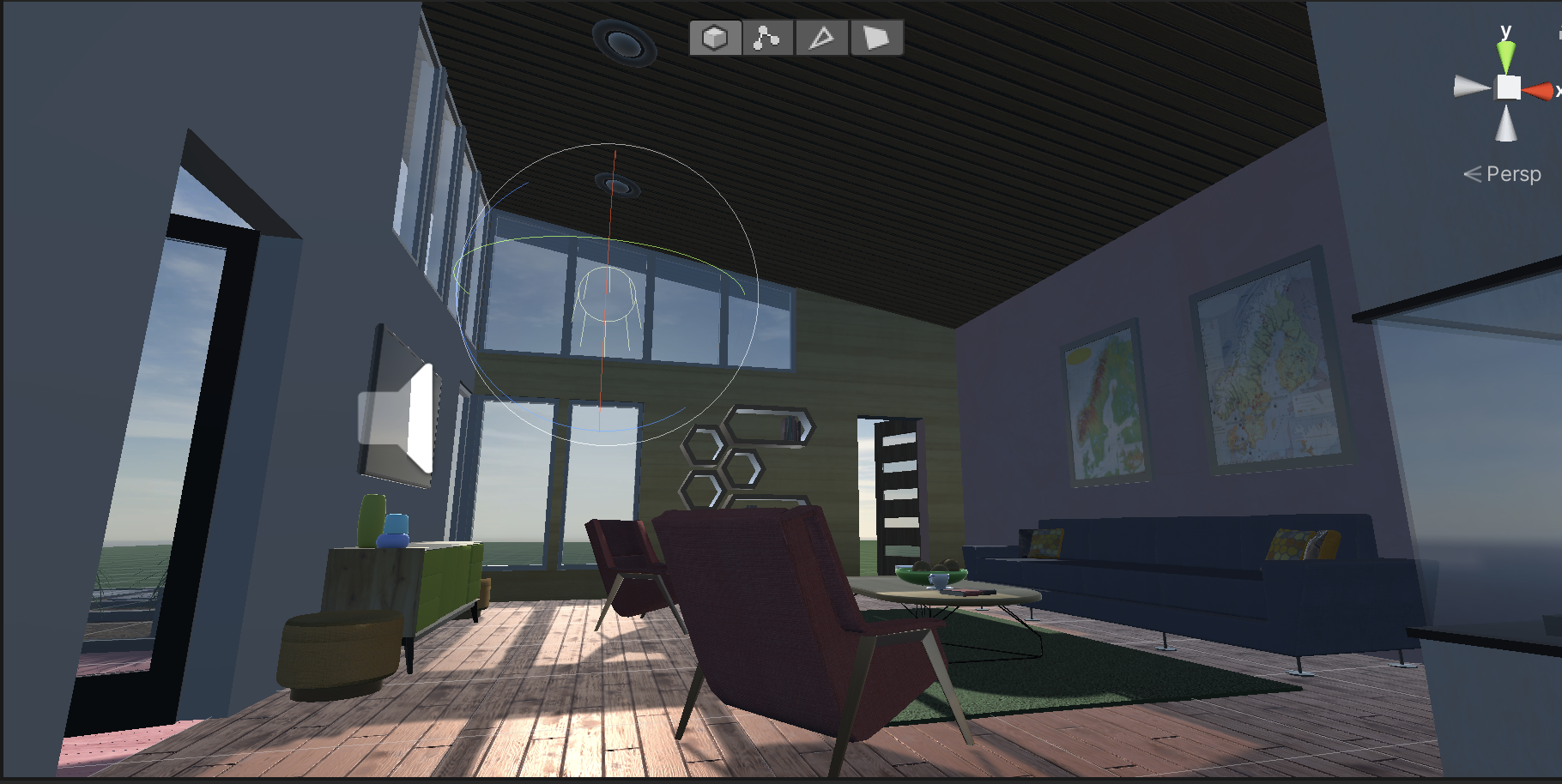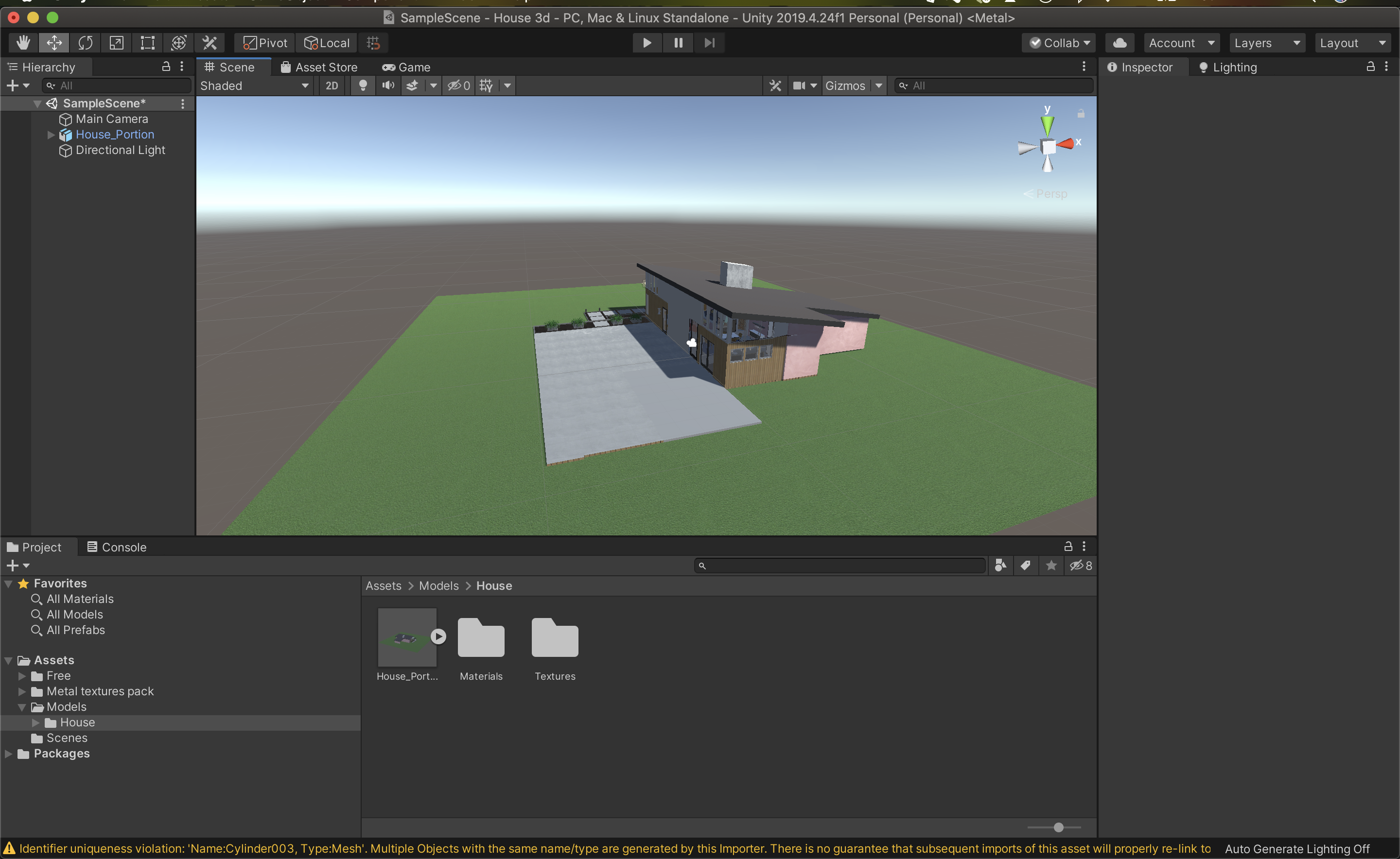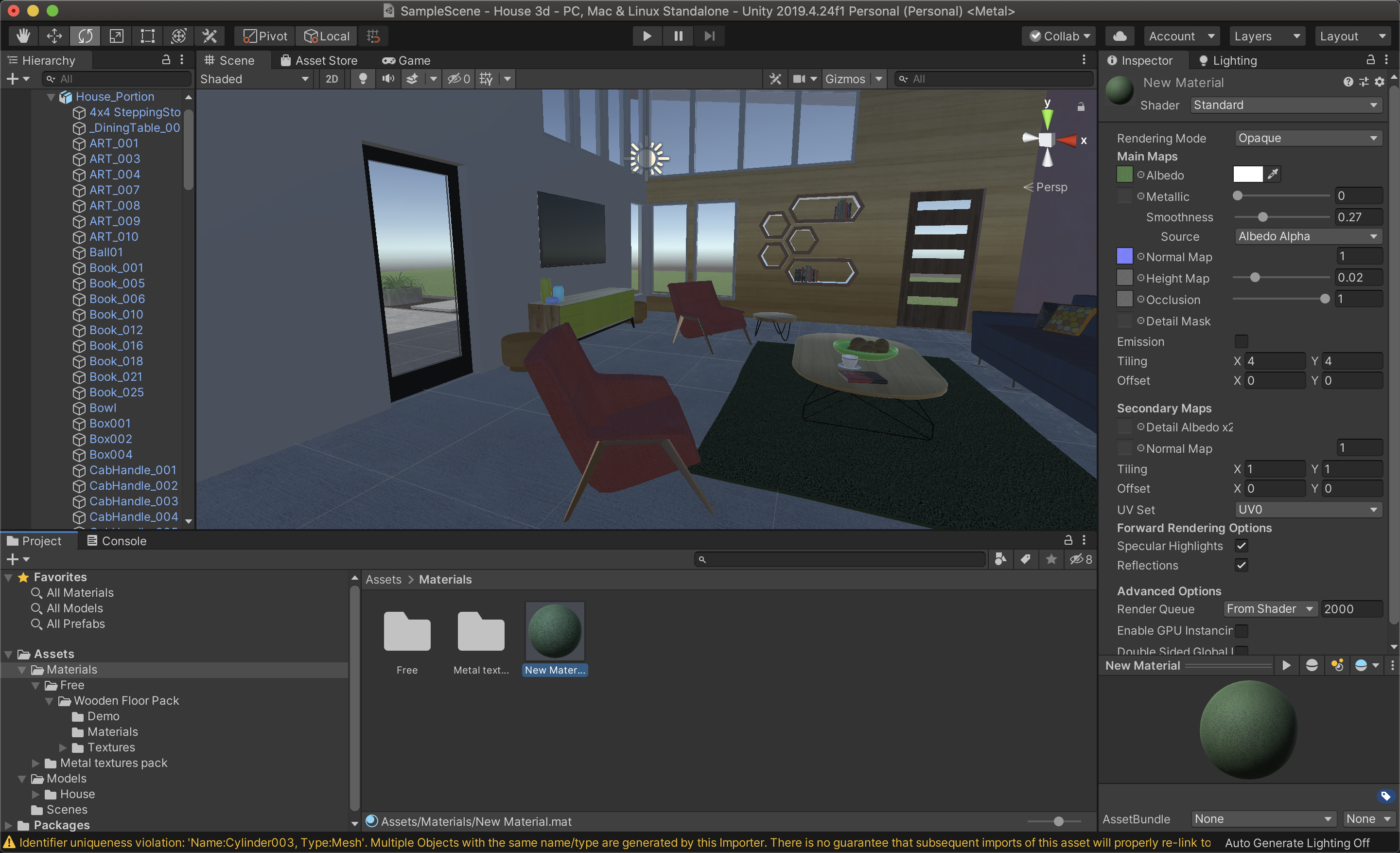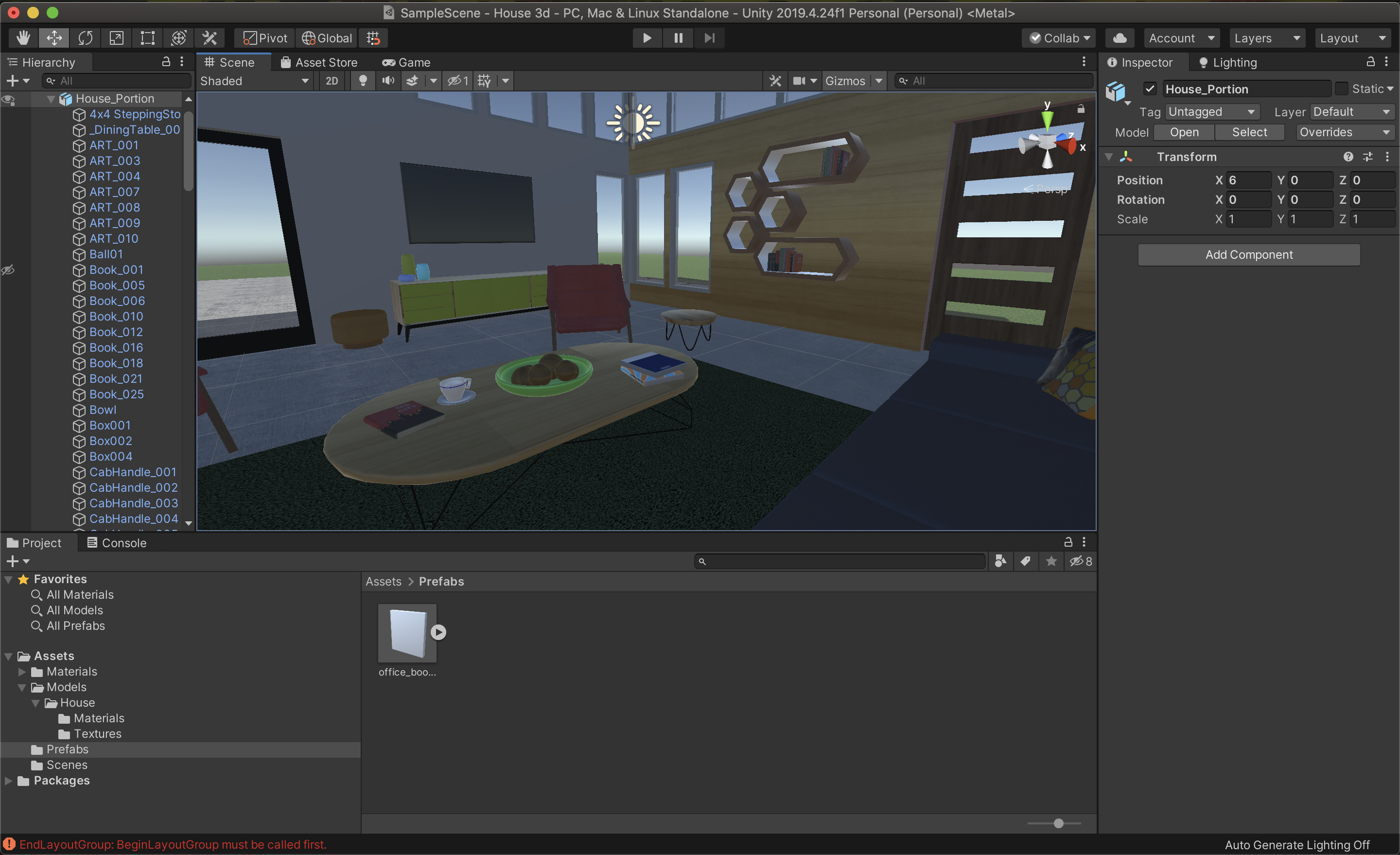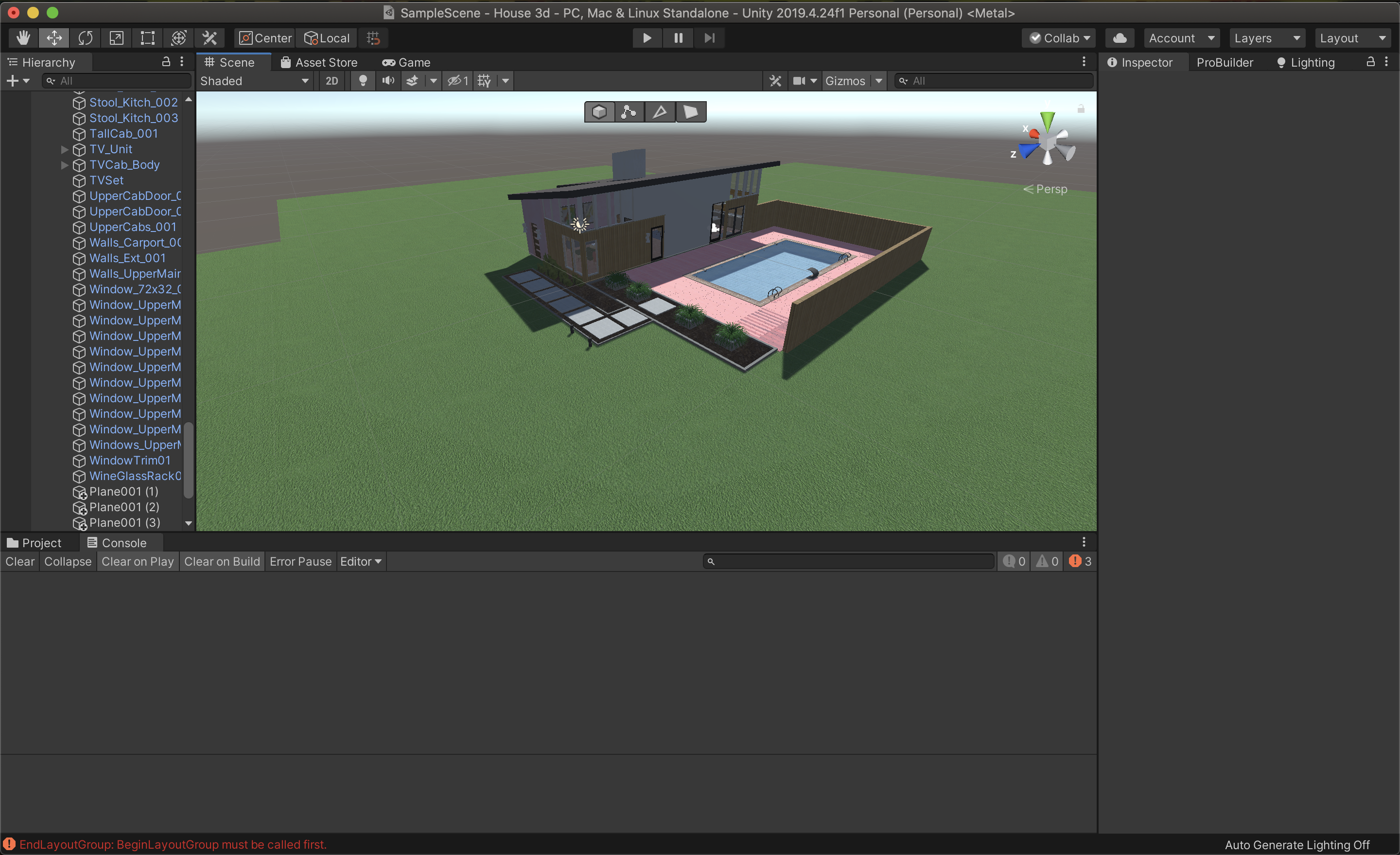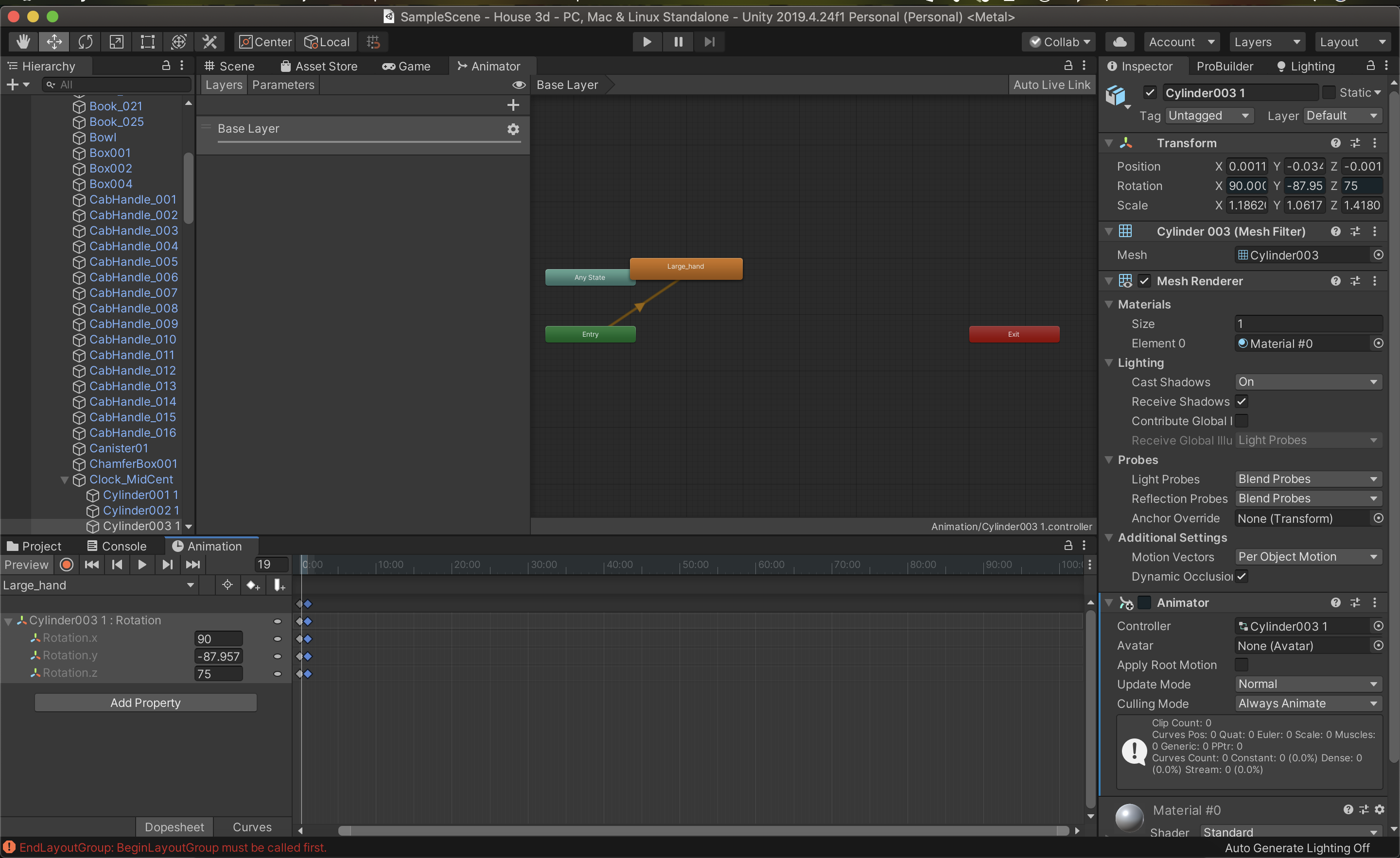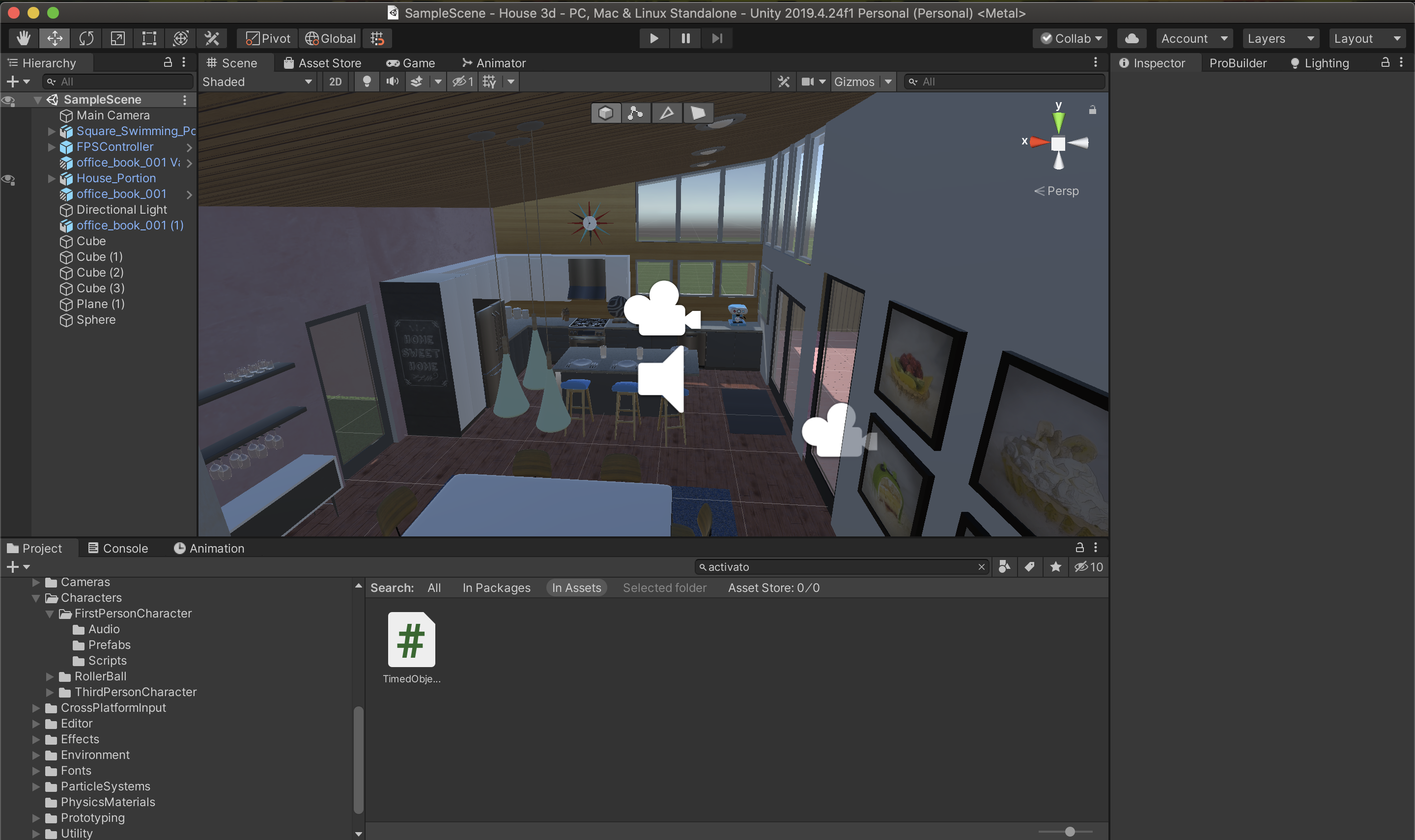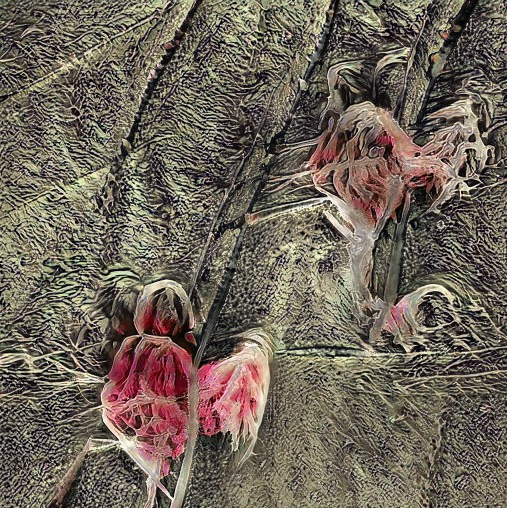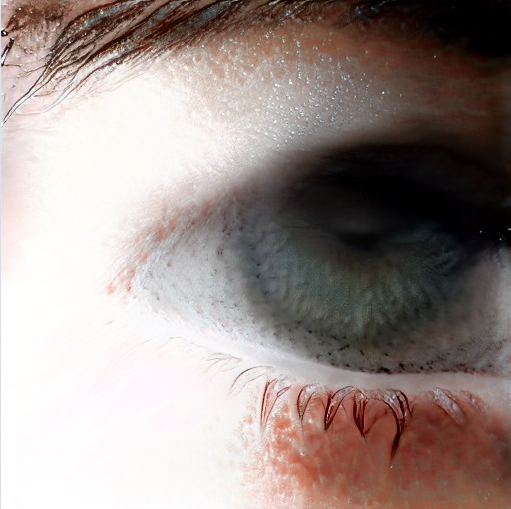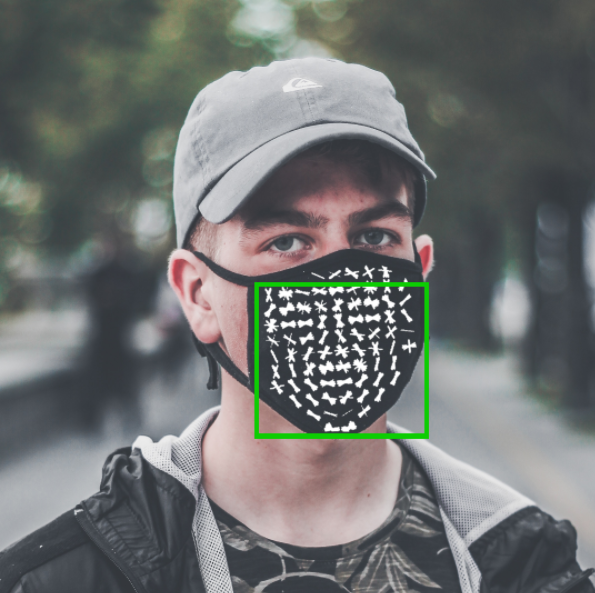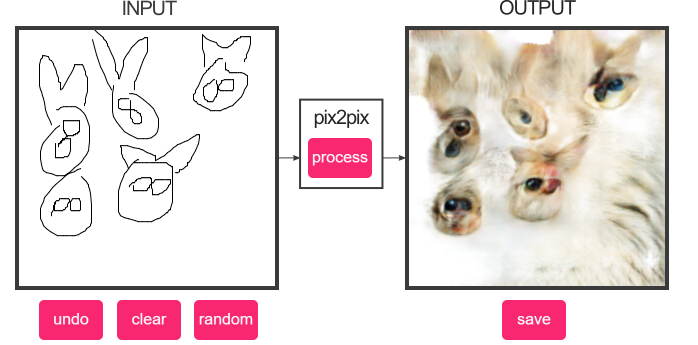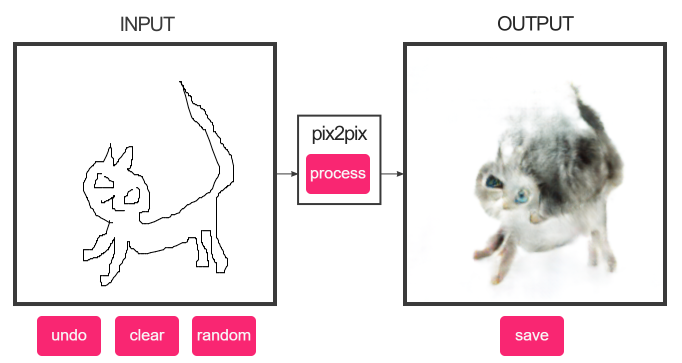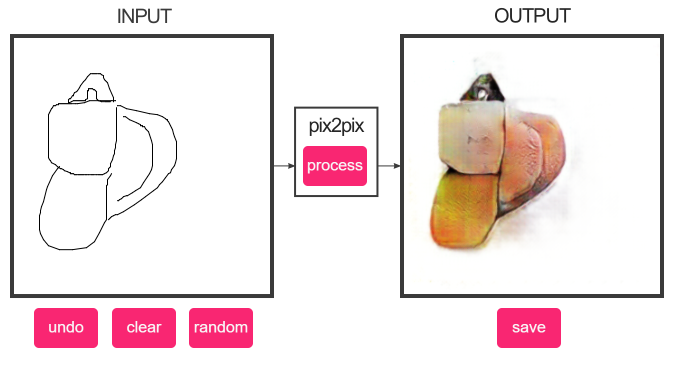My unity stopped working all of a sudden so I watched the remaining tutorials without working in unity at the same time.
Category: Uncategorized
minniebzrg-Viewing
I appreciated the way that Phazero explained her process and also responded to the audience. In her walkthrough, Phazero shared what kinds of skills she had to learn and how she implemented these into her game. For viewers of this talk that are interested in game design, her detailed descriptions of her process will help them understand the levels of trial and error she went through.
Phazero said it is “more important for me that people understand my work and play it, which is probably more controversial in the art world actually than the game world.” This shows me that the role of the viewer or player was important to her.
peatmoss-UnityEssentials
bookooBread – faceReadings
- In the John Oliver video, I was really struck by the story of the Brown student getting falsely accused of a terrorist attack. With the current biases in facial recognition technology, it is likely that stories like this will continue to occur. Our law enforcement agencies currently want to pin crimes to minorities – and this technology will only help them do that.
- “Any face that deviates from the established norm will be harder to detect”- Joy Buolamwini –> This line sort of stuck with me. It is one of the points of the video and goes along with what I was saying before. The “norms” that exist in our culture are heavily rooted in white supremacy – so as Joy explains in the video – current facial technology accepts those conditions and uses them as norms.
bookooBread -08 – LookingOutwards
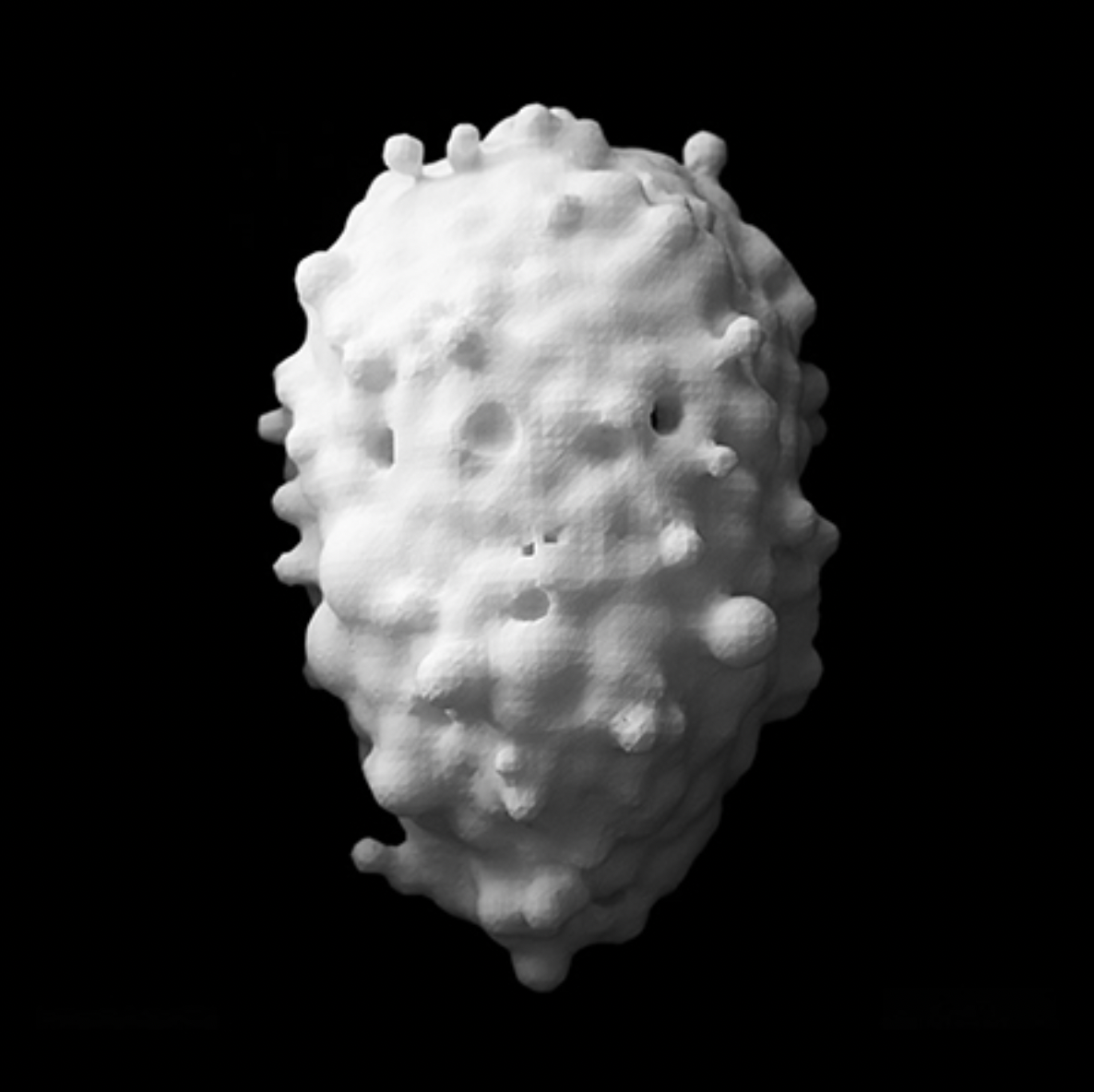
http://www.sterlingcrispin.com/data-masks.html
What first caught my eye with this project was the texture of the masks. I am fascinated with certain textures, and these masks fall into that category. Some of them look like they could be rocks, and others look like a bunch of cotton balls stuck together or something. Even though it’s sort of not the point of the project, I am very intrigued by how they look. These masks are supposed to make a face unrecognizable to surveillance and facial recognition algorithms – and I think that this is a really interesting-looking approach to doing that.
shrugbread-Artbreeder
shrugbread-08-Looking Outwards
Above is an image from the project “Fooling Facial Detection with Fashion” by Bruce MacDonald. The goal of the project was to create an adversarial to the “histogram of oriented gradients” method of facial tracking. Because our faces are constantly being scanned many people have invested effort into “protecting” themselves from the constant surveillance. This project exists as a small novel experiment in the very real context of adversarial attacks and reminds me particularly of deep fake detectors and deep fake detector breakers. The slightly scary idea that if you provide enough images of your face, something we present to our phone cameras near-daily, that your identity, privacy, individuality, can be compromised. We are still in the infancy of what surveillance technology can do, and while paranoid, this project gives me a feeling of dystopia where there is no corner of the earth where you can escape being viewed, and to protect ourselves we have to fool an AI that we created.
shrugbread- Pix2Pix
I think pix2pix is fun but somewhat not serious. If the program was more heavy-duty and equipped with better brushes/bigger canvas it would be much more interesting, but I also recognize that browsers can’t handle huge programs with huge resolutions, so the simple and more or less instantaneous pix2pix works
peatmoss-Pix2Pix
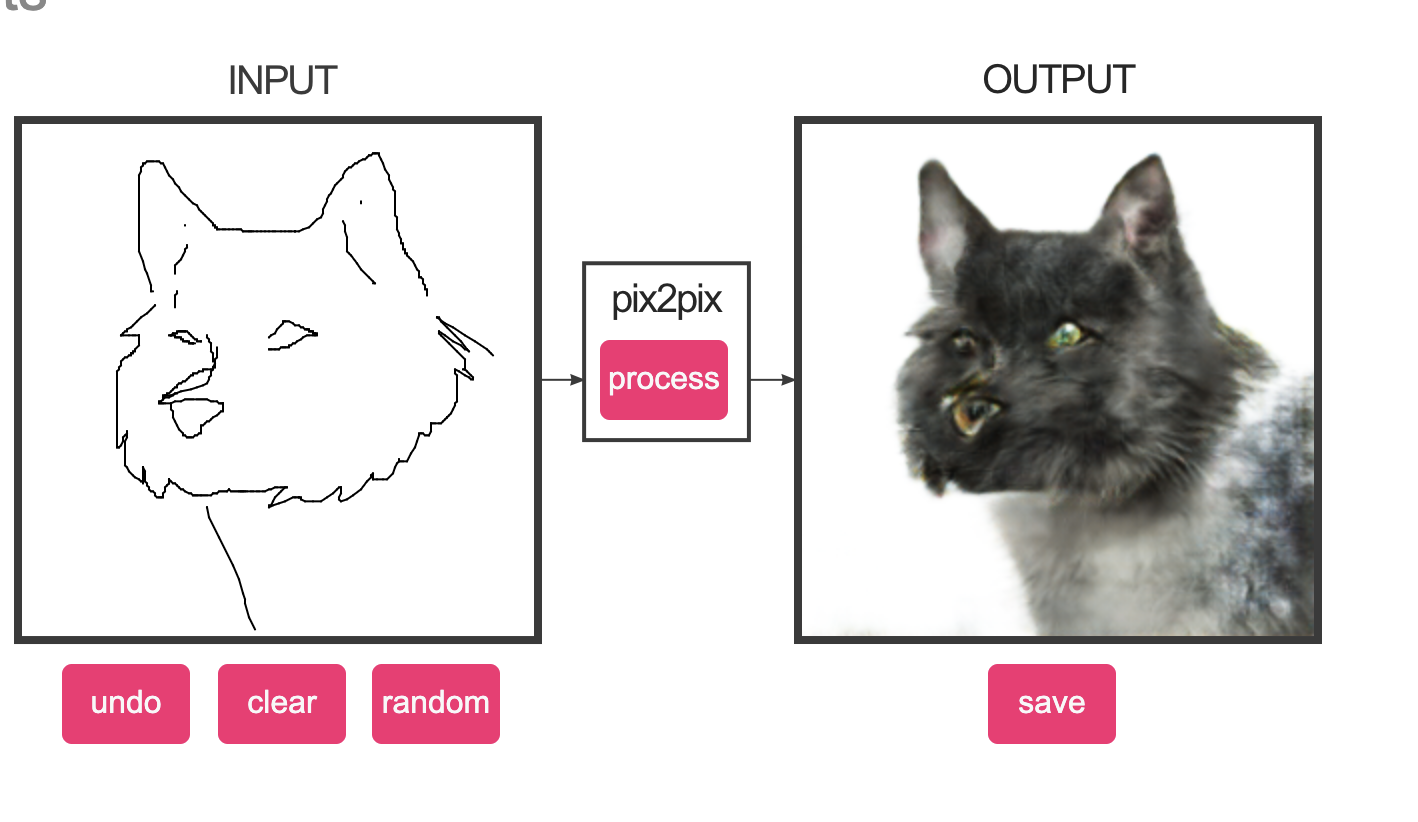
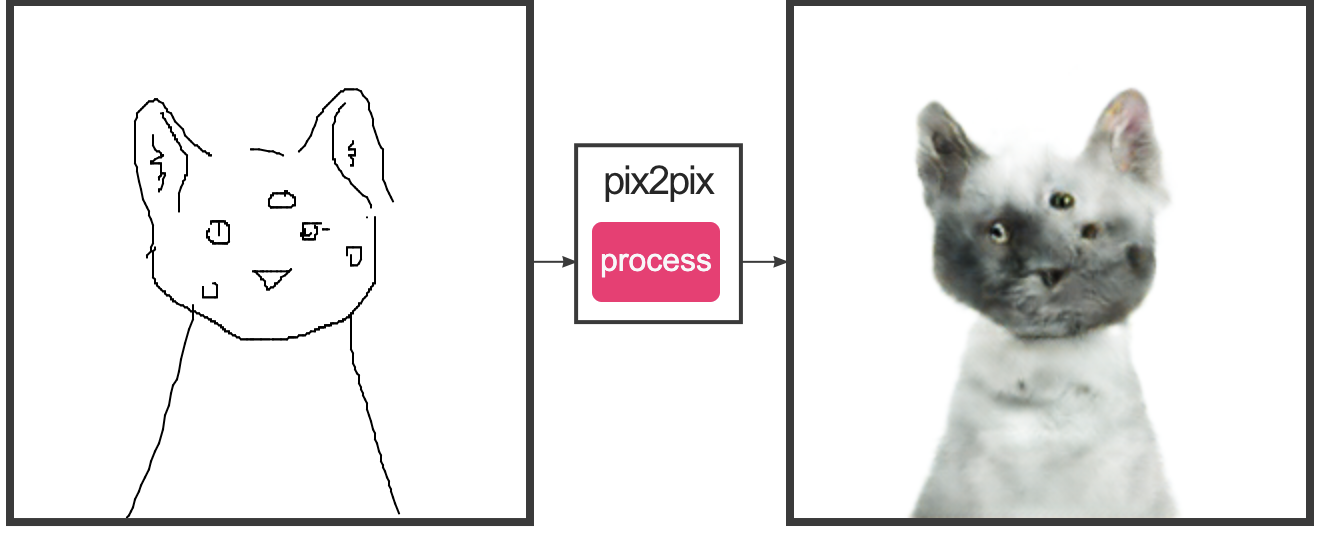 NSFW below
NSFW below
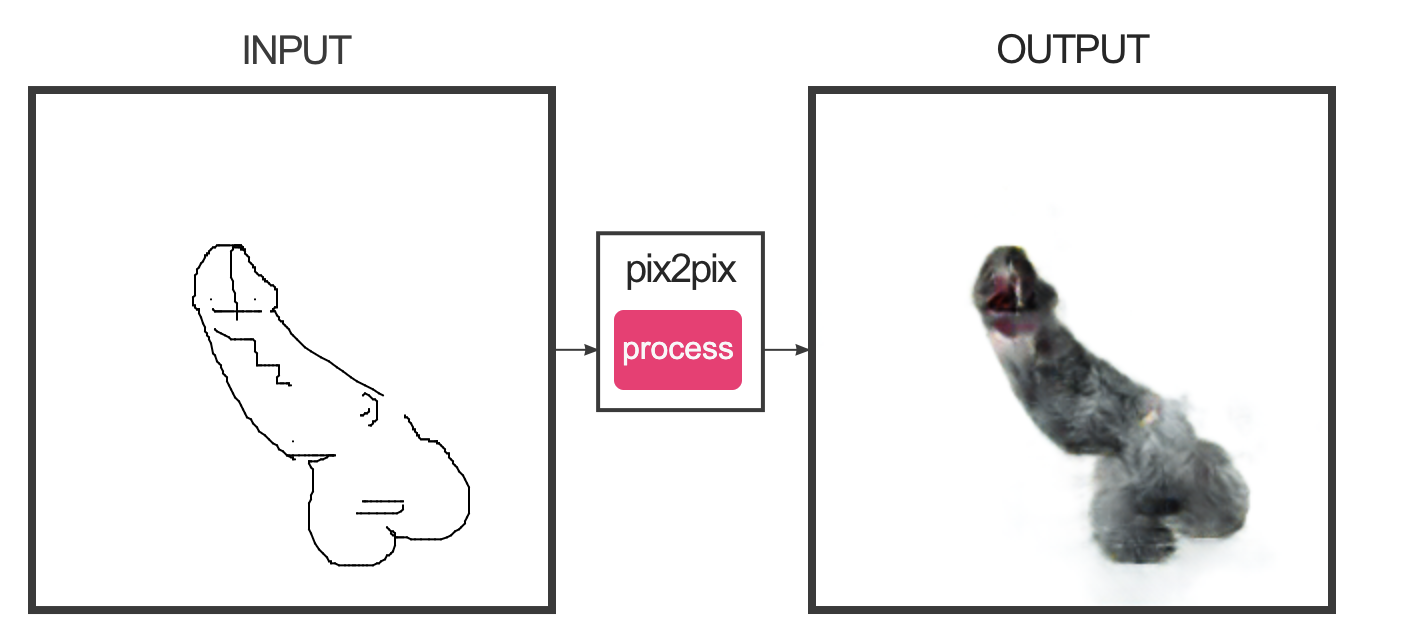
YoungLee – Interactive Narrative
Screenshots:
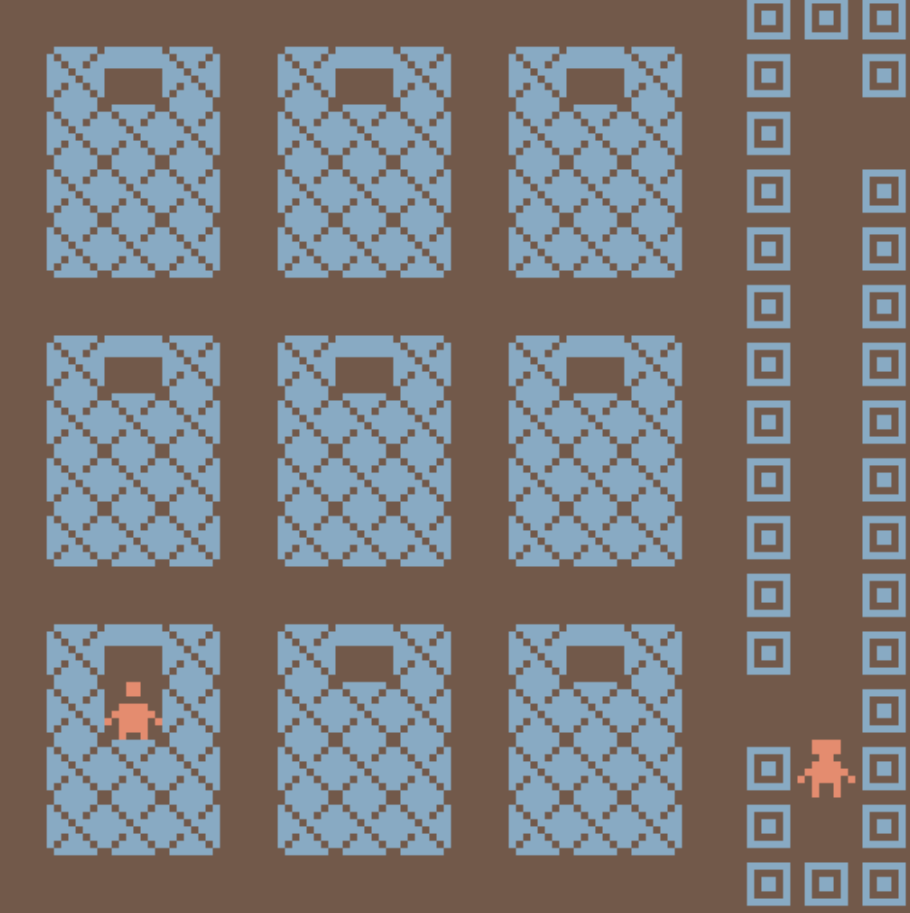
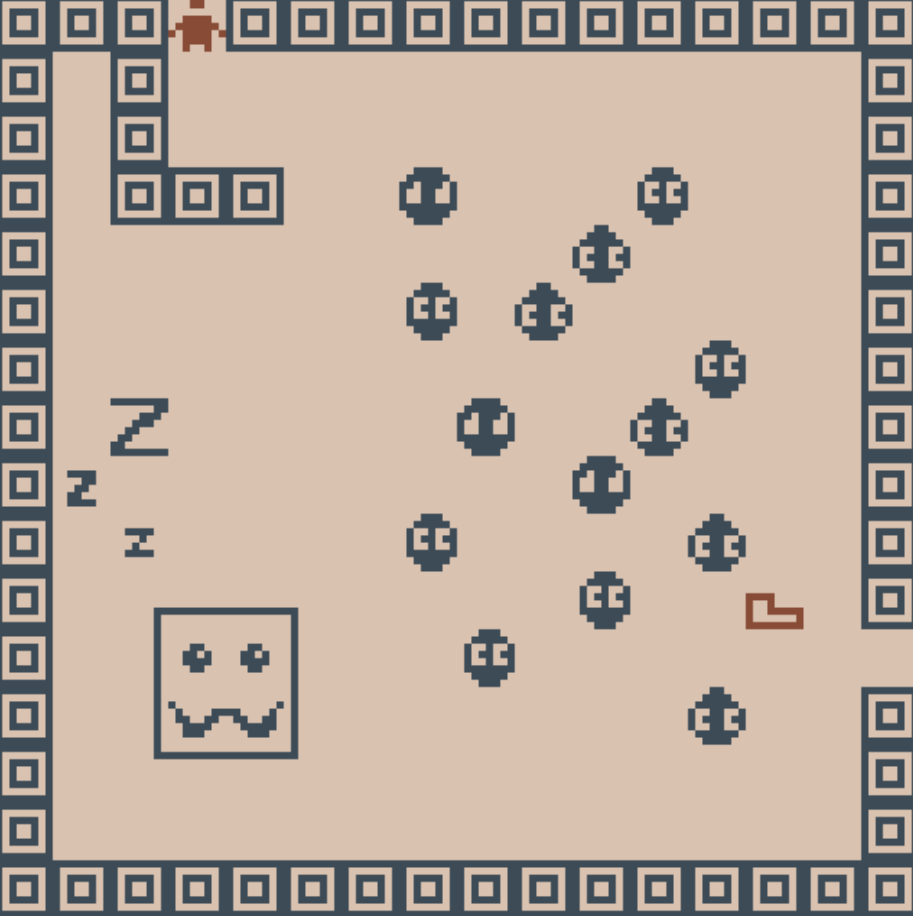
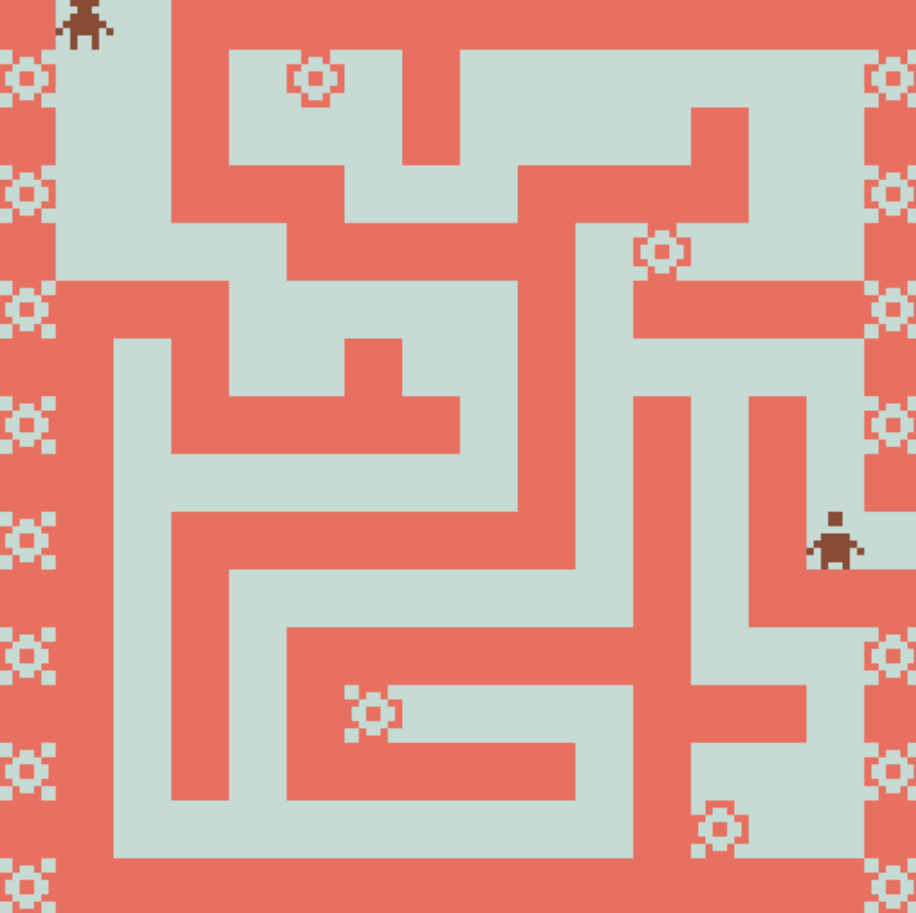
Response:
My idea was to use the Bitsy game to narrate a scene from Spirited Away, but because it was 2D it did become difficult to actually visualize the narrative clearly. My narrative comes to an abrupt end because I didn’t finish it, but my vision was to end the game with Chihiro eating rice balls and crying. Although the final result was not what I initially wanted, I learned a lot about the program and became more accustomed to it as well. It was very easy to work with, and I want to make more in the future.
